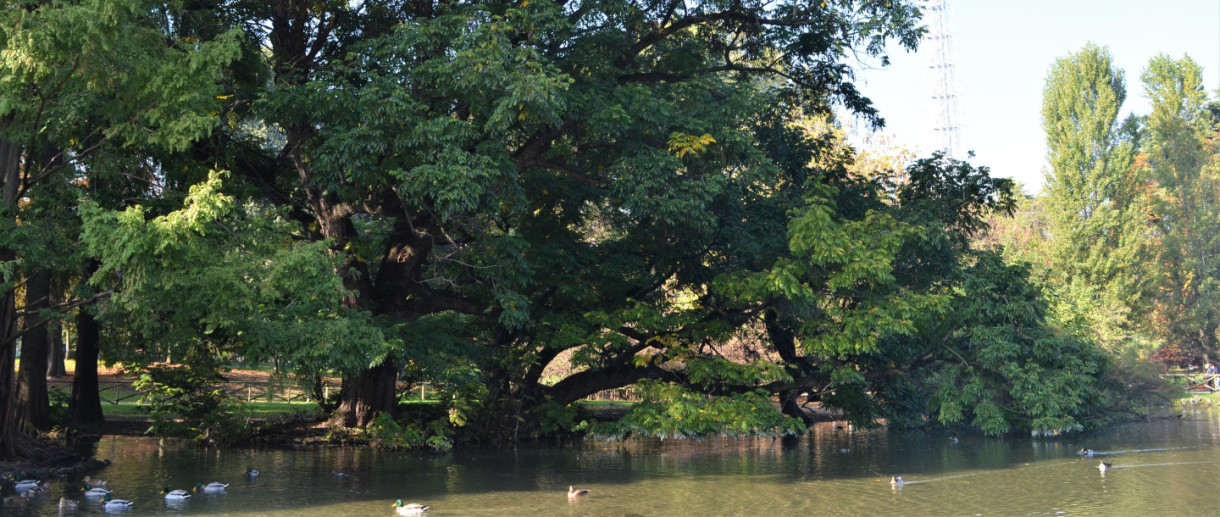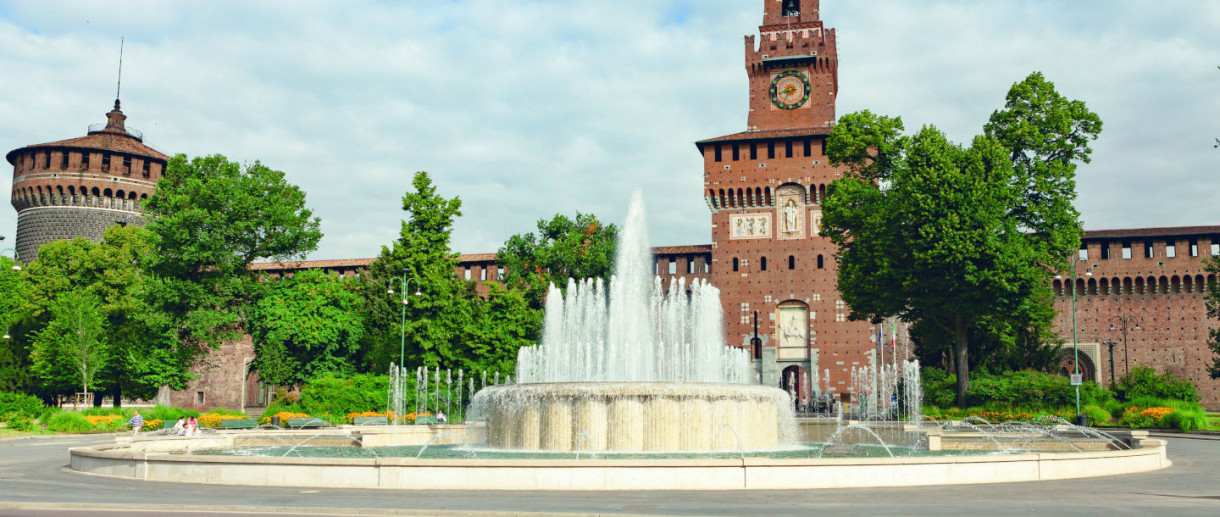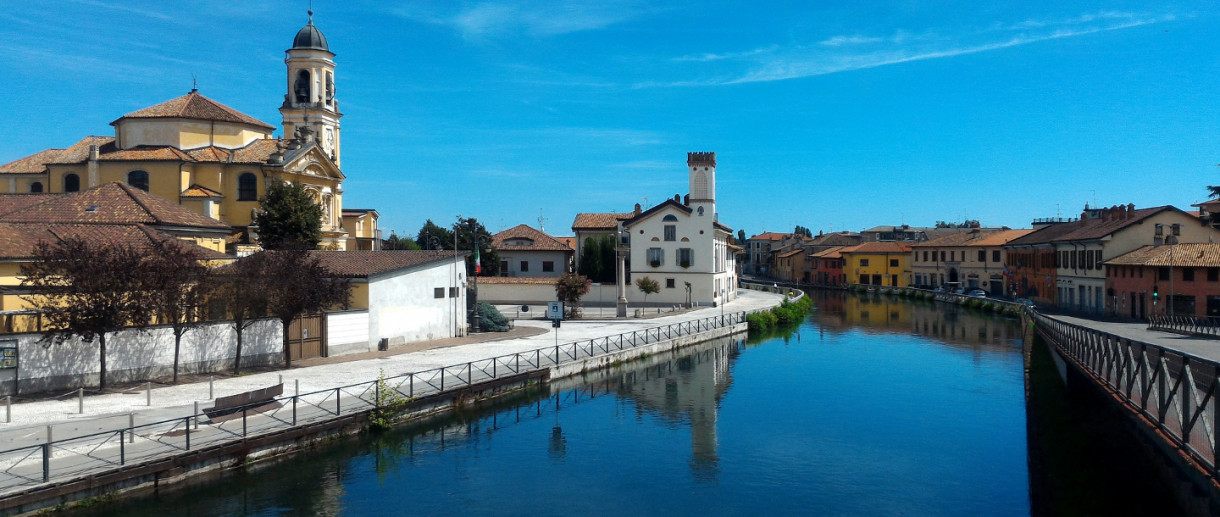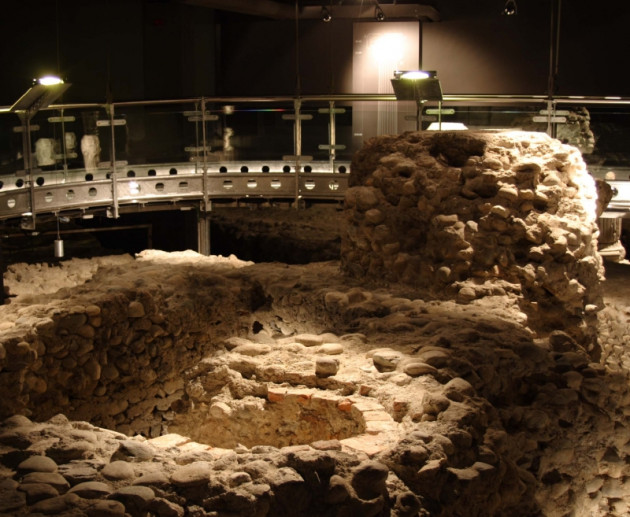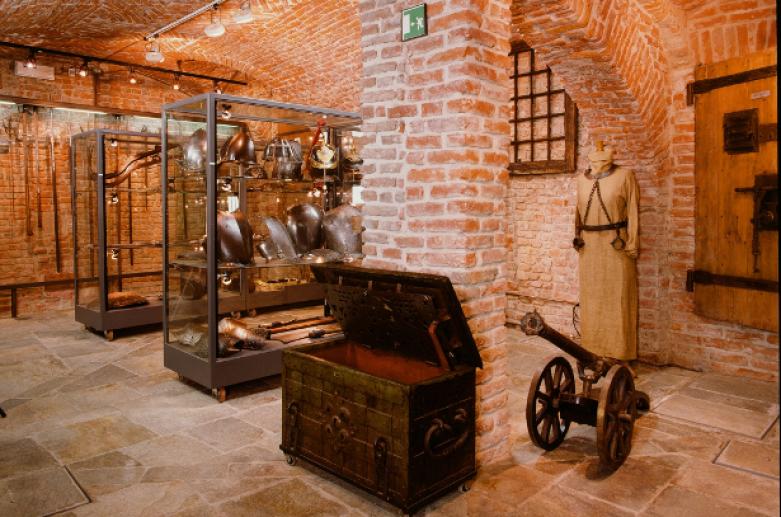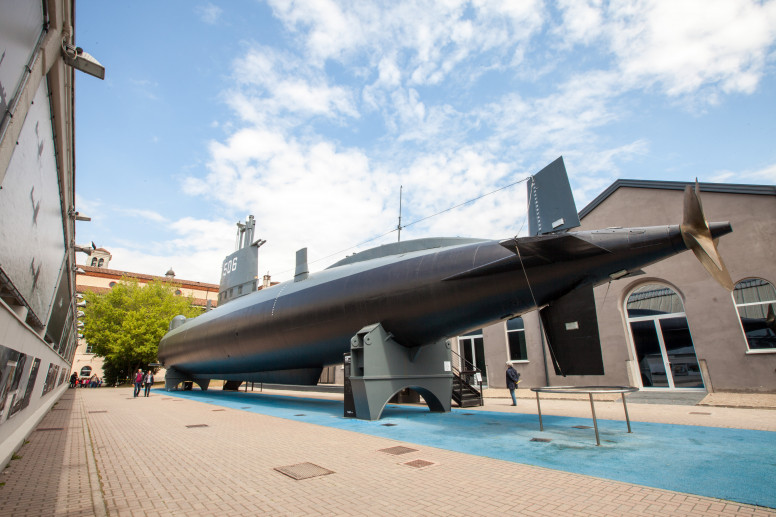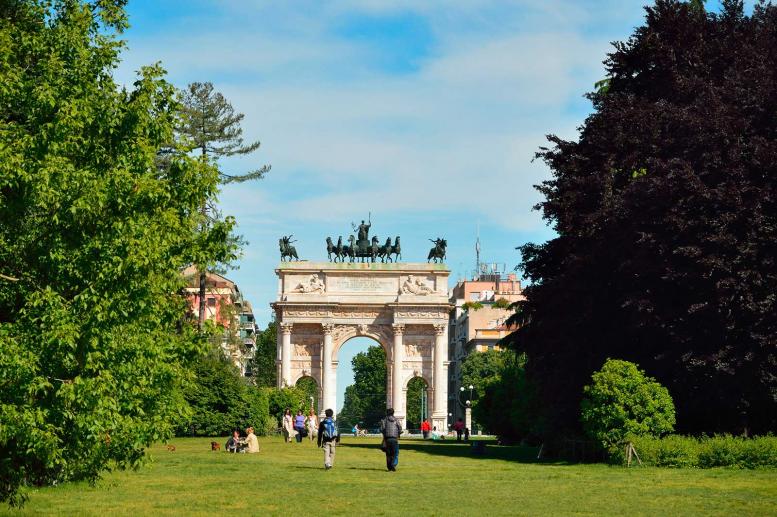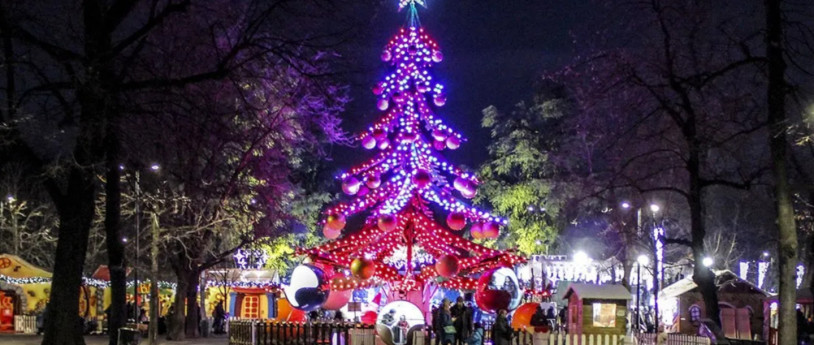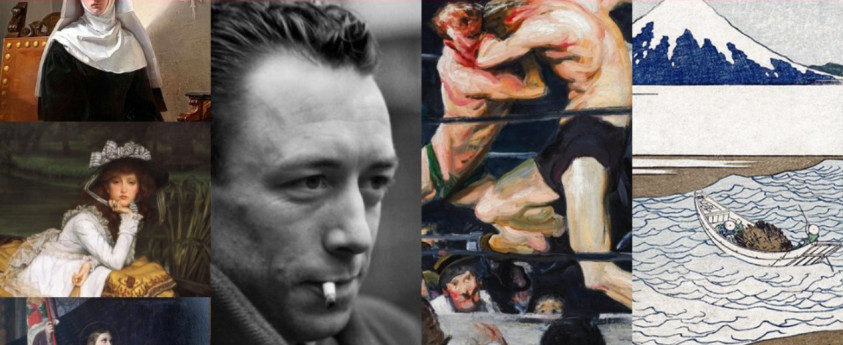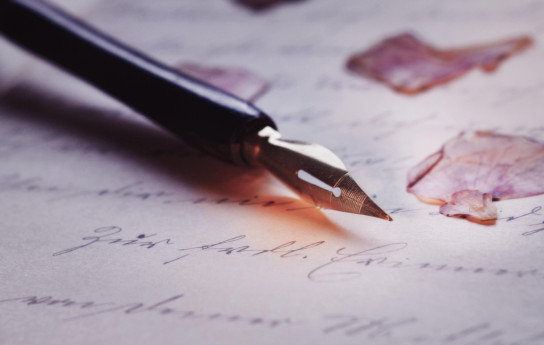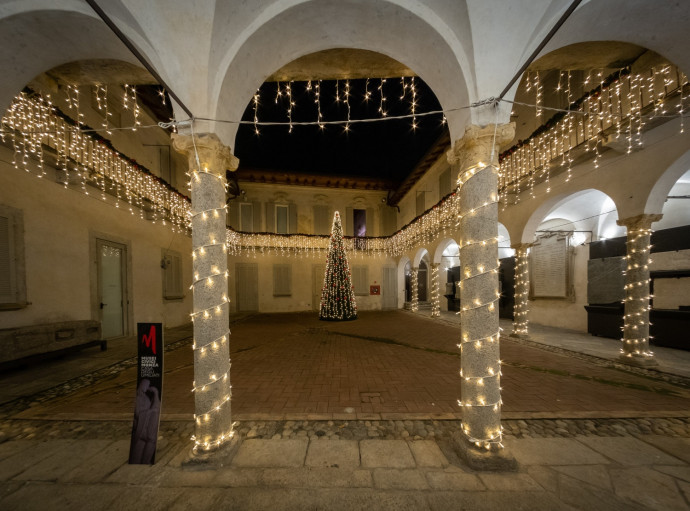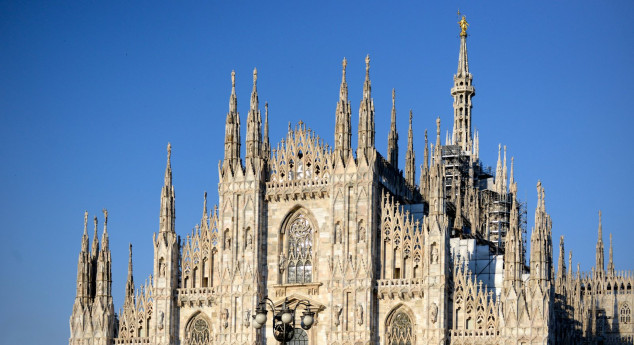- Art & Culture
Needle, Thread, and Knot
A symbol of the city, in Piazza Cadorna. The sculpture all about Milan, by pop art masters, Claes Oldenburg and Coosje van Bruggen
Piazza Cadorna is a complex setting. It is a thoroughfare, a place of connection, crossed by lines for almost all of Milan’s public transport: tram, metro, bus and train. When, at the end of the 1990s, famous architect Gae Aulenti found herself remodelling the area, as well as introducing different elements to add a sense to the movement of passers-by, she commissioned two pioneers of pop art to create a piece that could be integrated into the area’s new look.
Claes Olndenburg and Coosje van Bruggen, husband and wife team, created a sketch the very same night, designing one of Milan’s fountains and sculptures that best reflect the city. An enormous needle, 18 metres high, stuck into the ground, along with a brightly coloured thread, twisted around its eye. A little further on, a pool of water emerges from the ground, woven into a knot. It was the aim of the artists to symbolically connect the two parts, as if they were stitching together the city, passing underground, like a train entering an underground tunnel. Although it has many different meanings, the first - instinctive - one connected to the piece is linked to transport and the speed of the city, due to this wish for connection, starting at the bottom, like the metropolitan railway and also its colours - red, yellow and green - representing the three lines that were open at the time, M1, M2 and M3. That is not all: there is also an obvious reference to the world of fashion, of which Milan is home in Italy and in the rest of the world, and thanks to its sinuous shapes, to the Visconti snake, which is part of the emblem of the city. Today, it is an icon that is closely connected to Piazza Cadorna, thanks to which a difficult place of passage was able to take on a colourful identity.


